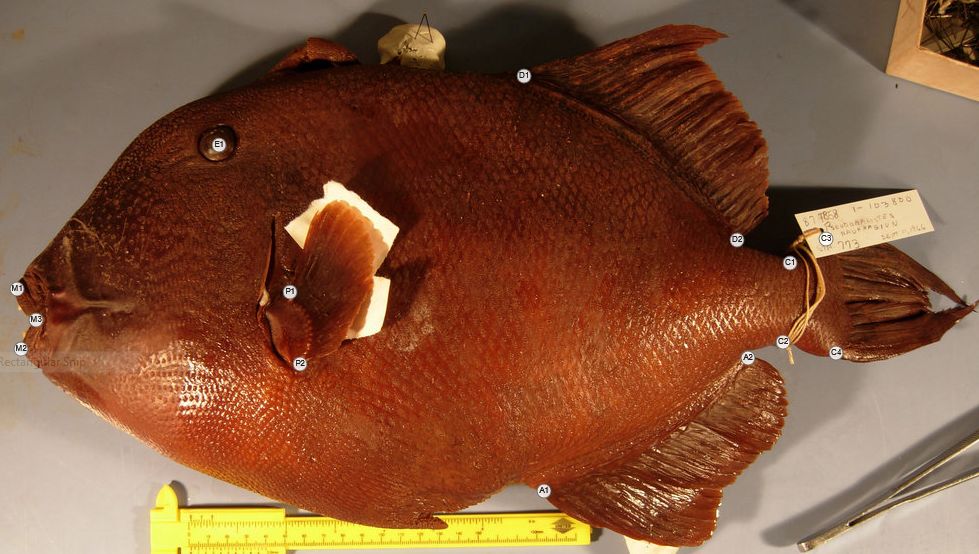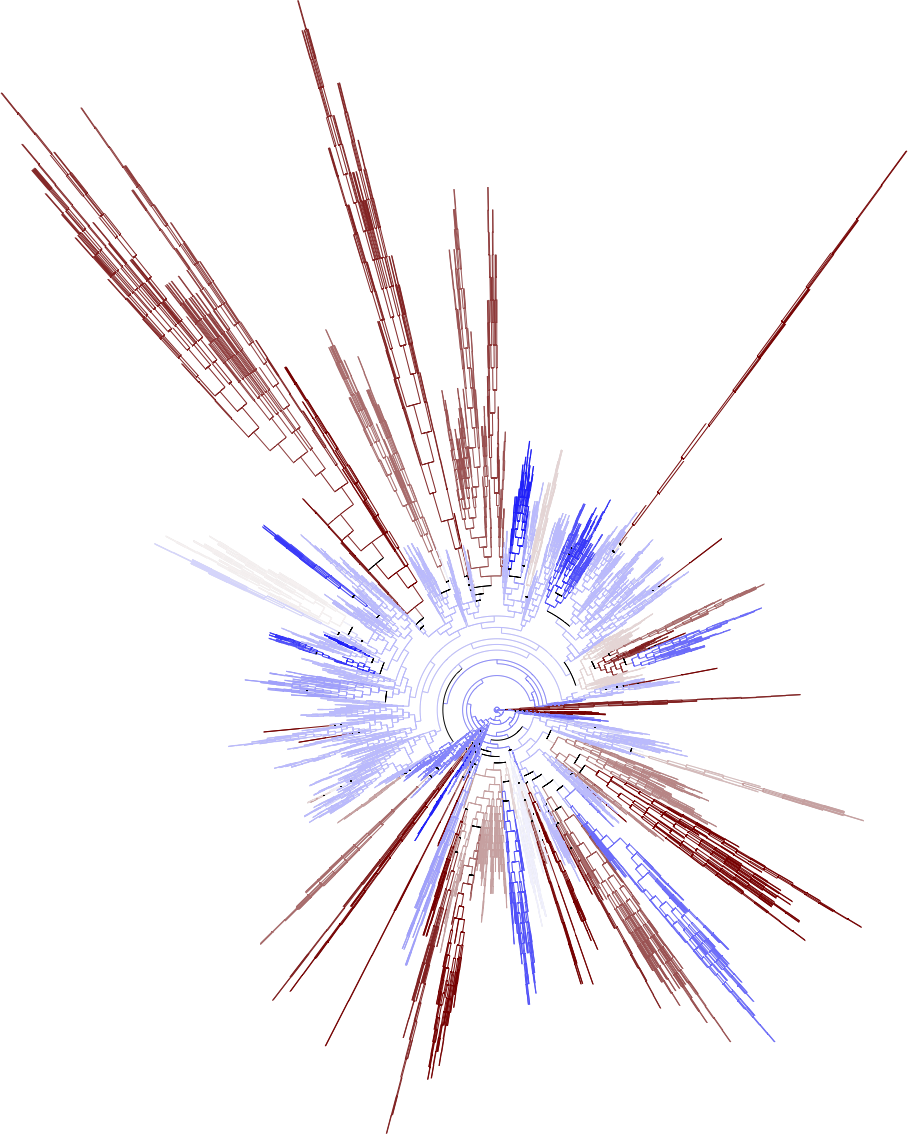Encyclopedia of Life Rubenstein Fellowship: Crowdsourced morphology

This is a rather late announcement, but my project proposal, “Using massively crowd-sourced data to examine morphological impacts of extinction risk in ray-finned fishes”, was selected for the 2013 Rubenstein Fellows Program. I’m happy to announce that the first pilot study of my project is starting today. These first steps are the result of much preparation with my collaborators, Dan Rabosky at Michigan and Michael Alfaro here at UCLA.
The overall goal of this project is to quantify morphological disparity across the radiation of ray-finned fishes, which account for around 50% of all vertebrate diversity. We recently showed that the rate of speciation and body size evolution are correlated across fishes (Rabosky et al 2013, Nat Commun). However, size is just one facet of phenotypic diversity. In fact, shape is likely to be able to tell us quite a lot more about both morphological and ecological diversity, so with shape information we may be able to explain the factors that drive fish biodiversity, and also help identify patterns useful for fish conservation.

We will then be able to test for a relationship between shape and human exploitation, i.e., are there fishes with certain body shapes that tend to be more or less vulnerable to overfishing? This type of data and analysis can also allow us to get at many deep questions in macroevolution, including if there is convergence in body shape in certain environments or habitats, or if certain groups of fishes enjoy a faster rate of shape evolution.
There are tens of thousands of high-quality photographs of fishes on the Internet, in well-curated collections like the Encyclopedia of Life. Numerous expert editors have taken the time to identify photographs down to the species level. However, collecting landmark data for geometric morphometrics is the rate limiting step for this type of analysis. My hope is that crowdsourcing will help solve this bottleneck!
The pilot study that I’m starting today is only a small piece of the puzzle. We’ve chosen the triggerfishes, a group that we already have high-quality photographs of due to a previously published study (Dornburg et al 2011, Syst Biol). This is so we can readily identify areas we need to improve for our larger analysis. The source code for the web-facing portion of this study is available on github, and you can play around with a version of it online.
(Top figure: An unsuspecting Pseudobalistes naufragium is viciously landmarked by the author; Bottom figure: A phylogeny of the ray-finned fishes, with warm colors corresponding with fast body size change and longer branches with rapid speciation. Courtesy of Dan Rabosky)